Rising Industrial Applications
The industrial sector's increasing focus on maintaining clean and safe environments is propelling the Chlorine Disinfectant Market forward. Industries such as manufacturing, pharmaceuticals, and water treatment are increasingly adopting chlorine disinfectants to ensure compliance with health and safety regulations. The versatility of chlorine as a disinfectant makes it suitable for various applications, from cleaning equipment to sanitizing production lines. As industries continue to prioritize worker safety and product quality, the demand for chlorine disinfectants is expected to rise. This trend suggests a promising outlook for the Chlorine Disinfectant Market, as businesses seek effective solutions to meet their sanitation needs.
Emergence of Eco-Friendly Alternatives
The Chlorine Disinfectant Market is also witnessing a shift towards eco-friendly alternatives, which, while initially appearing counterintuitive, may drive innovation within the sector. As consumers and businesses alike become more environmentally conscious, there is a growing demand for disinfectants that are effective yet less harmful to the environment. This trend could lead to the development of new formulations that incorporate chlorine in a more sustainable manner. The potential for eco-friendly chlorine disinfectants to capture market share suggests that the Chlorine Disinfectant Market may evolve to meet these changing consumer preferences, ultimately fostering a more sustainable approach to disinfection.
Increasing Demand for Hygiene Products
The rising awareness regarding hygiene and sanitation is a primary driver for the Chlorine Disinfectant Market. As consumers become more conscious of health risks associated with pathogens, the demand for effective disinfectants, particularly chlorine-based products, is surging. According to recent data, the disinfectant market is projected to grow at a compound annual growth rate of approximately 6% over the next few years. This trend is particularly evident in sectors such as healthcare, food processing, and hospitality, where stringent hygiene standards are mandated. The Chlorine Disinfectant Market is thus positioned to benefit from this heightened focus on cleanliness, as chlorine disinfectants are recognized for their efficacy in eliminating harmful microorganisms.
Expansion of the Food and Beverage Sector
The growth of the food and beverage sector is a notable driver for the Chlorine Disinfectant Market. As food safety regulations become more stringent, the need for effective sanitation solutions is paramount. Chlorine disinfectants are widely utilized in food processing and preparation areas to ensure that surfaces are free from harmful bacteria and viruses. Recent statistics indicate that the food and beverage industry is expected to expand at a rate of 5% annually, thereby increasing the demand for reliable disinfecting agents. This trend underscores the importance of chlorine disinfectants in maintaining food safety standards, positioning the Chlorine Disinfectant Market for robust growth in the coming years.
Regulatory Support for Disinfection Practices
Government regulations and guidelines promoting disinfection practices are significantly influencing the Chlorine Disinfectant Market. Various health organizations advocate for the use of chlorine-based disinfectants in public spaces, schools, and healthcare facilities to mitigate the spread of infectious diseases. For instance, regulations may require the use of chlorine disinfectants in water treatment facilities to ensure safe drinking water. This regulatory framework not only enhances the credibility of chlorine disinfectants but also drives their adoption across multiple sectors. The Chlorine Disinfectant Market is likely to see sustained growth as compliance with these regulations becomes increasingly critical for businesses aiming to maintain operational standards.


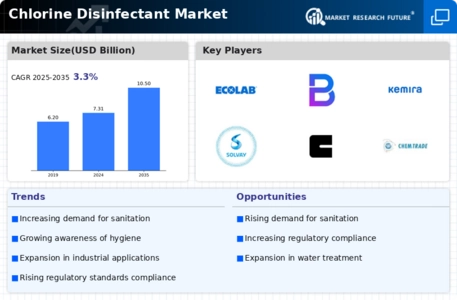
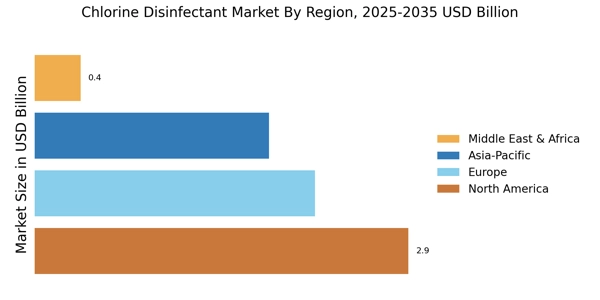
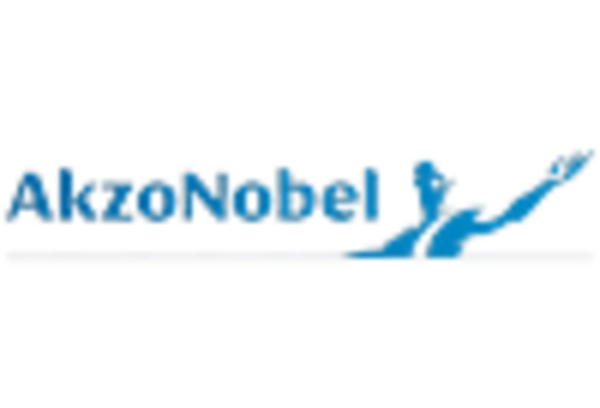

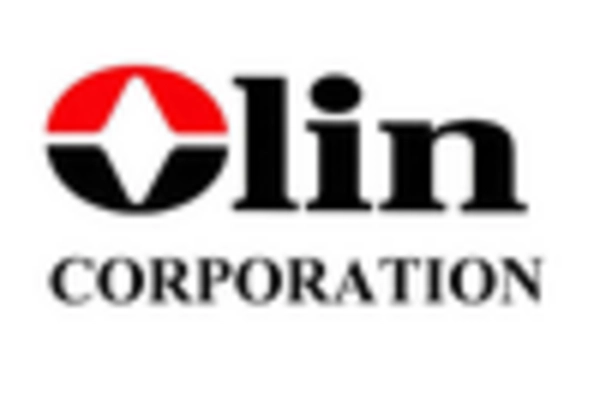
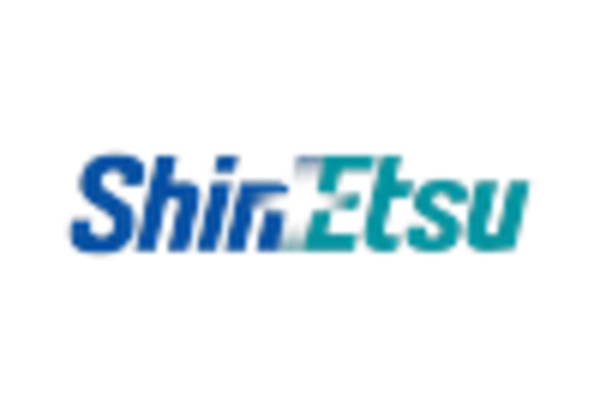

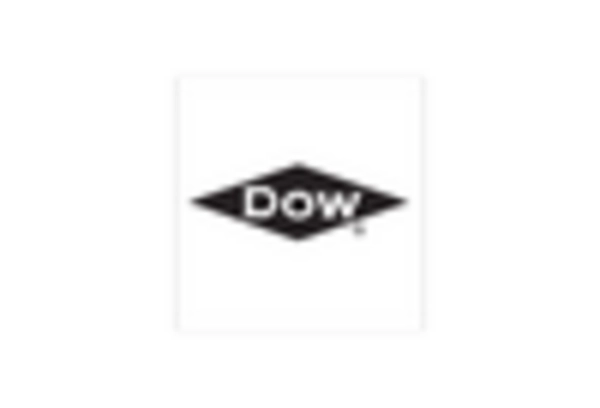








Leave a Comment